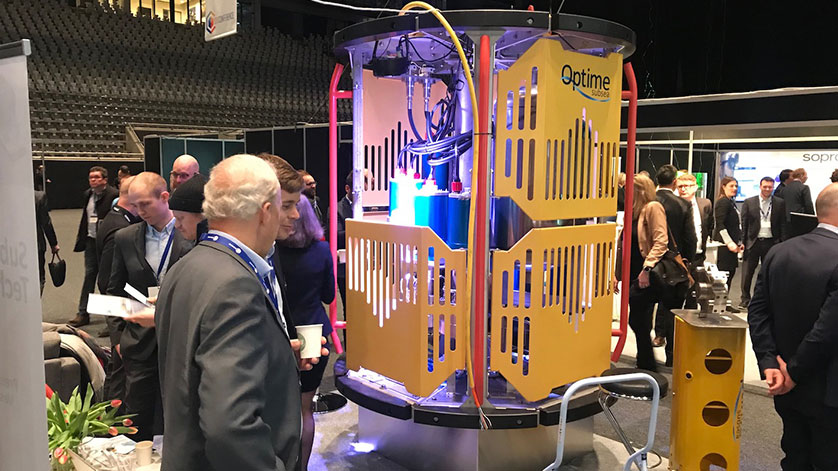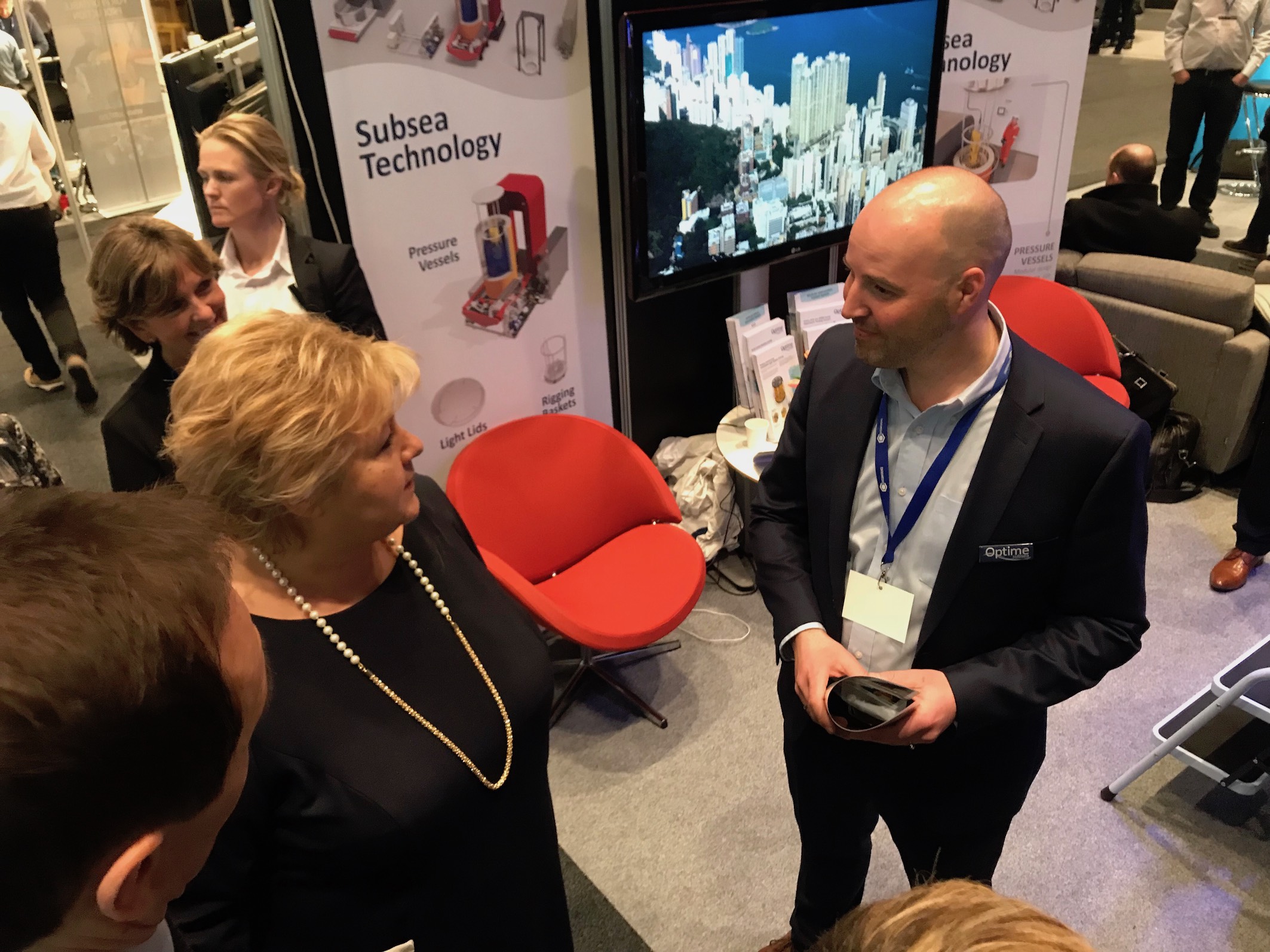Optime Subsea Introduces the Revolutionary SCILS System

At Subsea Valley 2017, Jan-Fredrik Carlsen, CEO of the Notodden based Norwegian company Optime Subsea, boldly promised to revolutionize the intervention and controls segment of the subsea oil and gas industry through a new and disruptive technology.
A year later at Subsea Valley 2018, the promise has been delivered by presenting Optime’s Subsea Controls and Intervention Light System (SCILS).
Optime Subsea AS (“Optime”) is headquartered in Notodden, Norway, with operations out of Houston Texas, USA. It is a smaller organization, specifically targeting innovative solutions that deliver cost-savings to customers in their niche controls and intervention market.
“Our intent is not to be disruptive for the sake of being disruptive, but support the industry’s progress in providing cost reducing tecnology. I believe our SCILS demonstrates this. We identified an area in the industry which was just neglected, perhaps for good reasons, but we identified it, solved it and now delivered on it. This is truly the smallest and most cost efficient tree control and intervention system available. The SCILS is similar to an Intervention Workover and Completion System (IWOCS) used for subsea well-access. There is however currently no other system capable of operating on any type of tree at 3000-meter depths, and yet small and light enough to be literally mobilized from the bed of a pickup truck, which was actually done when transporting the SCILS to the Subsea Valley conference this year,” says Jan-Fredrik Carlsen.
 Prime Minister of Norway and Jan Fredrik Carlsen, Optime
Prime Minister of Norway and Jan Fredrik Carlsen, Optime
The SCILS measures 1.8 meters in diameter, 2.2 meters in height and weighs 3 metric tons. The traditional IWOC system comes with a 20-foot topside container and a large reel and umbilical, weighing approximately 50 metric tons. The size reduction of the SCILS is a result of transferring the hydraulic power subsea, using Optime’s subsea pumps, rather than through a topside umbilical.
“When compared to traditional solutions, the SCILS provides immediate cost savings for operators. We require 2 resources in operation, current systems need 6 to 8. Safety is increased and the SCILS can be mobilized and demobilized in a single day, in contrast to today’s solutions taking weeks. We are now in the process of getting the SCILS operational and with the ability of deploying this from any type of vessel, realize that our customer base increase substantially compared to current systems. With this unique solution, we do believe that we are going to be the preferred provider globally for IWOC systems. It is so cost efficient and built on technology which have taken years to develop, so that others don’t need to. We can support service providers, system developers and operators in being a reliable provider of IWOCS, ” Jan-Fredrik concludes.

